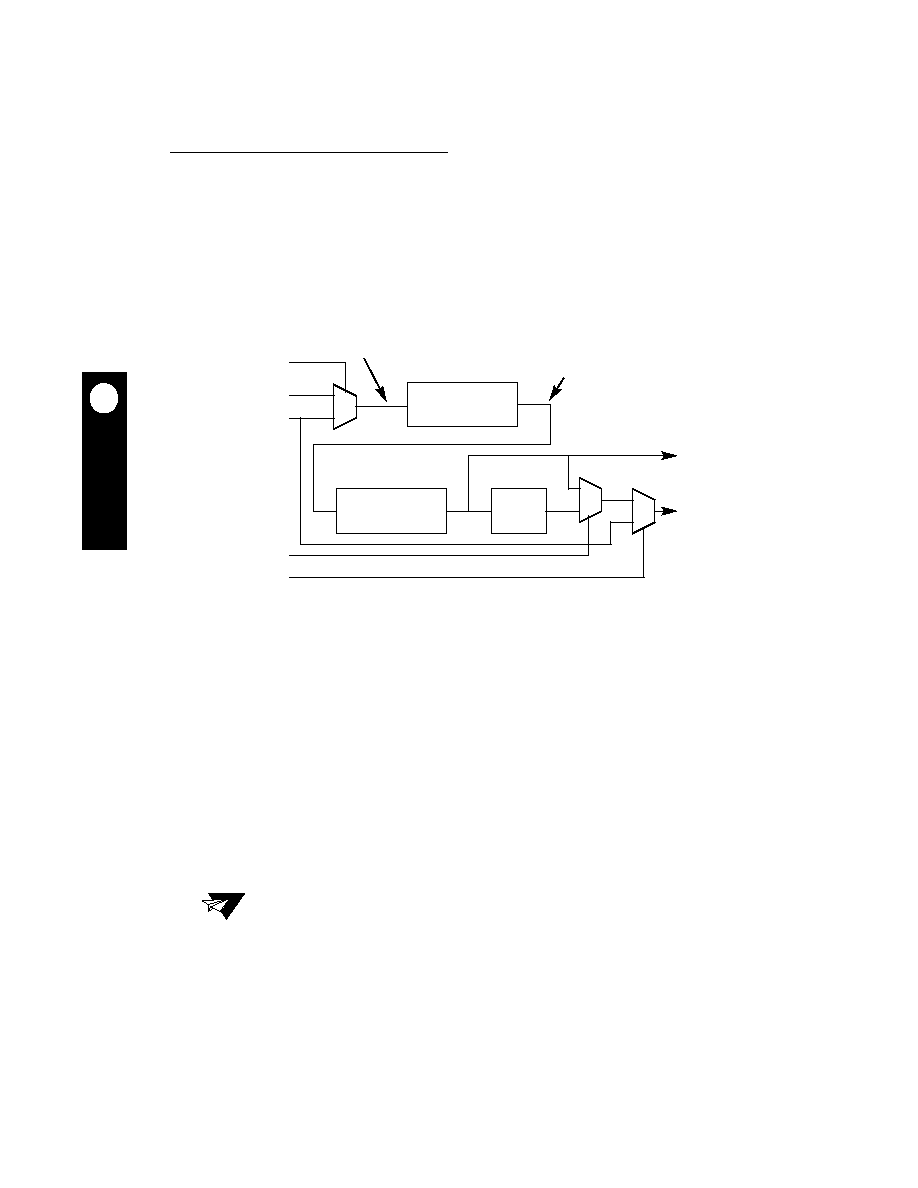- 您現(xiàn)在的位置:買賣IC網(wǎng) > PDF目錄69025 > MC68328PV (MOTOROLA INC) MICROCONTROLLER, PQFP144 PDF資料下載
參數(shù)資料
| 型號: | MC68328PV |
| 廠商: | MOTOROLA INC |
| 元件分類: | 微控制器/微處理器 |
| 英文描述: | MICROCONTROLLER, PQFP144 |
| 封裝: | PLASTIC, TQFP-144 |
| 文件頁數(shù): | 39/198頁 |
| 文件大小: | 551K |
| 代理商: | MC68328PV |
第1頁第2頁第3頁第4頁第5頁第6頁第7頁第8頁第9頁第10頁第11頁第12頁第13頁第14頁第15頁第16頁第17頁第18頁第19頁第20頁第21頁第22頁第23頁第24頁第25頁第26頁第27頁第28頁第29頁第30頁第31頁第32頁第33頁第34頁第35頁第36頁第37頁第38頁當(dāng)前第39頁第40頁第41頁第42頁第43頁第44頁第45頁第46頁第47頁第48頁第49頁第50頁第51頁第52頁第53頁第54頁第55頁第56頁第57頁第58頁第59頁第60頁第61頁第62頁第63頁第64頁第65頁第66頁第67頁第68頁第69頁第70頁第71頁第72頁第73頁第74頁第75頁第76頁第77頁第78頁第79頁第80頁第81頁第82頁第83頁第84頁第85頁第86頁第87頁第88頁第89頁第90頁第91頁第92頁第93頁第94頁第95頁第96頁第97頁第98頁第99頁第100頁第101頁第102頁第103頁第104頁第105頁第106頁第107頁第108頁第109頁第110頁第111頁第112頁第113頁第114頁第115頁第116頁第117頁第118頁第119頁第120頁第121頁第122頁第123頁第124頁第125頁第126頁第127頁第128頁第129頁第130頁第131頁第132頁第133頁第134頁第135頁第136頁第137頁第138頁第139頁第140頁第141頁第142頁第143頁第144頁第145頁第146頁第147頁第148頁第149頁第150頁第151頁第152頁第153頁第154頁第155頁第156頁第157頁第158頁第159頁第160頁第161頁第162頁第163頁第164頁第165頁第166頁第167頁第168頁第169頁第170頁第171頁第172頁第173頁第174頁第175頁第176頁第177頁第178頁第179頁第180頁第181頁第182頁第183頁第184頁第185頁第186頁第187頁第188頁第189頁第190頁第191頁第192頁第193頁第194頁第195頁第196頁第197頁第198頁

Universal Asynchronous Receiver/Transmitter
11-6
MC68328 USER’S MANUAL 12/9/97
MOTOROLA
UART
11
PRELIMINARY
11.3.3 Baud Rate Generator
The baud generator provides the bit clocks to the transmitter and receiver blocks. It consists
of a prescaler and a 2n divider. The baud rate generator master clock source can either be
the system clock (SYSCLK) or it can be provided by the GPIO pin (input mode). By setting
the BAUD SOURCE bit in the UART baud control register to 1, an external clock can directly
drive the baud rate generator. For synchronous applications, the GPIO pin can be
configured to serve as an input or output for the 1x bit-clock. The baud rate generator block
diagram is illustrated in Figure 11-4.
11.3.3.1 DIVIDER. The divider is a 2n binary divider with eight taps. The available taps are
1, 2, 4, 8, 16, 32, 64, and 128. The selected tap is the 16x clock (CLK16) for the receiver.
This clock is further divided by 16 to provide a 50% duty-cycle 1x clock (CLK1) to the
transmitter. When the CLK MODE bit of the UART status and control register is high, CLK1
is directly sourced by the CLK16 signal.
11.3.3.2 PRESCALER. The baud generator provides standard baud rates from many
system clock frequencies. However, it is optimal if the PLL is operating at the default
multiplier (506, [P = 0x23, Q = 0x1]) with a 32.768kHz crystal or multiplier of 432, (P = 0x1D,
Q = 0xB) with a 38.400kHz crystal. With a 32.768kHz crystal, standard baud clocks can be
generated to within 0.05% accuracy. With a 38.400kHz crystal, the baud clocks are
generated with 0% error. Table 11-1 indicates the values to use in the UART baud control
register for these system frequencies.
Figure 11-4. Baud Rate Generator
Note: When CLK MODE is set to 1 (1x mode), the divide by 16 block is bypassed so
the generated clock will be 16 times faster.
DIVIDER
DIVIDE
(DIVIDE BY 2
n)
BY
16
PRESCALER
0
1
0
1
BAUD SRC
SYSCLK
GPIO IN
CLK16
CLK1
CLK SRC
0
1
MASTER CLOCK
PCLK
CLK MODE
相關(guān)PDF資料 |
PDF描述 |
|---|---|
| MC68330FE25 | 32-BIT, 25.16 MHz, MICROPROCESSOR, PQFP132 |
| MC68330FE8V | 32-BIT, 8.39 MHz, MICROPROCESSOR, PQFP132 |
| MC68330CFE8V | 32-BIT, 8.39 MHz, MICROPROCESSOR, PQFP132 |
| MC68330FE16 | 32-BIT, 16.78 MHz, MICROPROCESSOR, PQFP132 |
| MC68332ACFV25 | 32-BIT, 25 MHz, MICROCONTROLLER, PQFP144 |
相關(guān)代理商/技術(shù)參數(shù) |
參數(shù)描述 |
|---|---|
| MC68328UM | 制造商:MOTOROLA 制造商全稱:Motorola, Inc 功能描述:Integrated Portable System Processor-DragonBall |
| MC68330 | 制造商:FREESCALE 制造商全稱:Freescale Semiconductor, Inc 功能描述:Integrated CPU32 Processor |
| MC68330CFE16 | 制造商:FREESCALE 制造商全稱:Freescale Semiconductor, Inc 功能描述:Integrated CPU32 Processor |
| MC68330CFE8V | 制造商:FREESCALE 制造商全稱:Freescale Semiconductor, Inc 功能描述:Integrated CPU32 Processor |
| MC68330CFG16 | 制造商:FREESCALE 制造商全稱:Freescale Semiconductor, Inc 功能描述:Integrated CPU32 Processor |
發(fā)布緊急采購,3分鐘左右您將得到回復(fù)。